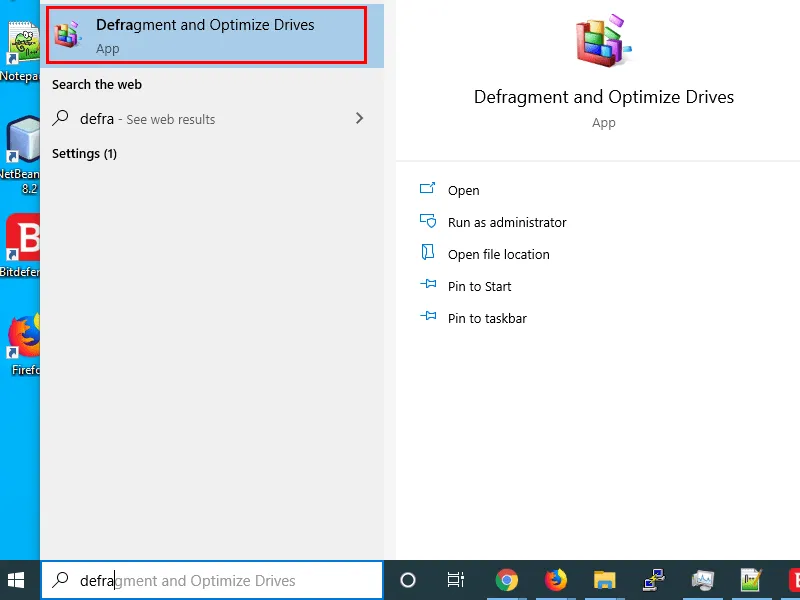

Just like any other machine, computers also tend to become slower over time.

If your laptops and computers aren’t catching up to speed like they normally used to, or they taking a lot of time to respond, then you’re in desperate need of the best PC optimizer software. The use of TRIM can improve the performance of writing data to SSDs and contribute to longer SSD life.In this write-up, we have genuinely reviewed the 15 best PC cleaning and optimization tools for Windows 10 & older editions, including their key features, advantages, disadvantages, and verdict. TRIM is a command that erases data blocks that are no longer considered in use. When it comes to solid state drives, optimization consists of performing TRIM on an SSD drive. You can revert this setting after your gig.īefore optimizing your hard disk drive click on the Analyze button and Windows will notify you if the drive needs to be defragmented. Click on the Change settings button (3), and untick Run on a schedule option (4). We recommend that you turn off scheduled optimization before your gig. Click on the Tools tab (1), and then on the Optimize button (2). To open this utility, click on the Start button and type in Defragment then click on Defragment and Optimize Drives app.Īlternatively, right click on any of your drives and select Properties.

Solid-state drives can also be fragmented, but that does not impact their performance as they do not have mechanical parts used for data reading and writing. The Windows utility Defragment and Optimize Drives (formerly Disk Defragmenter) is used to defragment hard disk drives or to optimize solid state drives. This reduces the time it takes to read files from and write files to the disk. When a hard drive is fragmented, its data blocks, called fragments, are scattered in multiple locations around the surface of the hard disk and so it takes longer to retrieve the required data.ĭefragmentation is the process of rearranging blocks associated with individual files so that they occupy contiguous storage locations on the hard drive, to increase disk I/O performance by minimizing hard drive head travel. Over time, hard drive performance can slow down due to fragmentation in the file system.


 0 kommentar(er)
0 kommentar(er)
